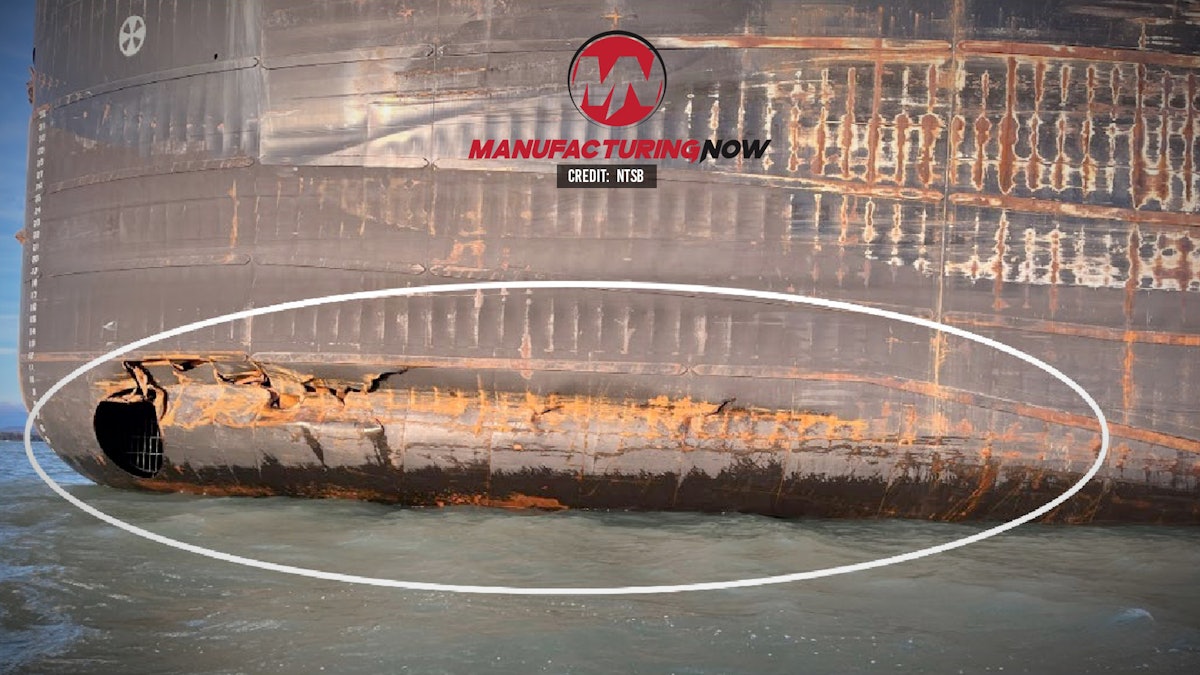O-Ring Debris Causes More Than $2 Million in Damage
Steering Failure Causes Major Maritime Incident

In the early hours of March 28, 2024, a significant maritime incident occurred when the American mariner experienced a steering failure while navigating the Saint Mary’s River, approximately 25 miles south of Sault Saint Marie, Michigan. The vessel collided with the Mouskang Channel Junction light, resulting in extensive damage to both the ship and the navigational structure. Fortunately, all 18 crew members aboard were unharmed, but the incident has raised concerns about maritime safety and equipment reliability.
Details of the Incident
The American mariner was on its inaugural voyage of the season after a winter layup, a period during which vessels are typically removed from the water for maintenance and repairs. During this time, the ship underwent winterization and had a new steering system installed. However, shortly before the collision, alarms indicating a problem with the steering system began to sound intermittently. Despite the crew’s efforts to diagnose the issue, they could not identify the cause, and the rudder appeared to respond correctly to commands.
Following the collision with the fixed concrete structure, the vessel began taking on water. The crew quickly activated onboard pumps to stabilize the situation, preventing injuries among the crew. However, the damage to the American mariner was substantial, estimated at over $800,000, while the navigational light sustained approximately $1.25 million in damages. Investigations revealed that the steering failure was due to debris lodged in the control motor of the hydraulic steering system.
Investigation Findings and Implications
After the incident, technicians examined the steering system and discovered that a control motor had failed. Upon disassembly, they found a small piece of black pliable debris lodged between the rotating gears, which had prevented the motor from functioning properly. The debris, measuring just 2 to 4 millimeters in length, was identified as O-ring type material that had contaminated the hydraulic oil in the steering gear system. This contamination ultimately caused the control motor to seize, locking the rudder in its last commanded position.
The National Transportation Safety Board (NTSB) has attributed the accident and the resulting damages of over $2 million to this contamination issue. The findings underscore the critical importance of thorough maintenance and inspection protocols for maritime vessels, particularly after extended periods of inactivity. As the maritime industry continues to navigate challenges related to equipment reliability and safety, this incident serves as a stark reminder of the potential consequences of mechanical failures at sea.
